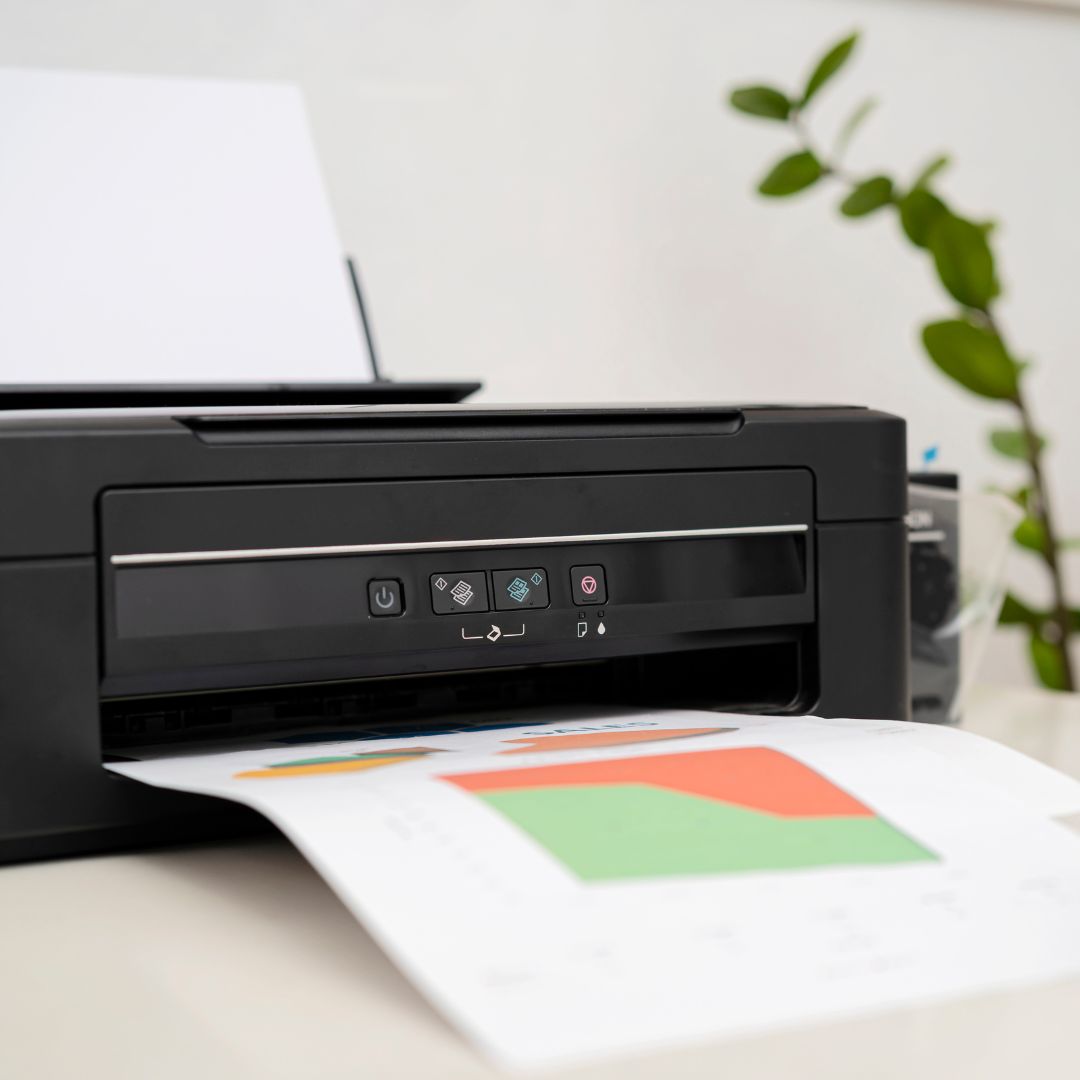How to Set Up Your Wireless Printer for Efficient Home Office Use
Setting up a wireless printer in your home office can significantly boost your productivity and streamline your work process. Whether you're printing documents, labels, or shipping addresses, a well-configured printer can save you time and hassle. In this article, we'll guide you through the steps to set up your wireless printer for efficient home office use, specifically focusing on general wireless printers and wireless label printers.

Step 1: Choose the Right Printer
Firstly, identify the type of printer that best suits your needs. For general printing of documents, a standard wireless printer will suffice. For those involved in e-commerce or who frequently ship items, a wireless label printer, like the Munbyn Wireless Shipping Label Printer P129S, may be more appropriate. Check out options here and here.
Step 2: Unboxing and Initial Setup
- Unbox Your Printer: Carefully remove the printer from its packaging and place it in a designated area in your home office. Ensure it's close to a power source and has enough space around it for good ventilation.
- Connect to Power: Connect your printer to a power source and turn it on.
Step 3: Install Cartridges and Load Paper
- Install Ink or Toner Cartridges: Open the printer according to the manufacturer's instructions and insert the ink or toner cartridges.
- Load Paper: Stock the paper tray with suitable paper. Make sure the paper aligns properly to avoid paper jams.
Step 4: Connect to Your Network
- Find Network Settings: Navigate to the printer’s control panel. Look for the wireless setup options, which typically involve selecting a 'Wireless LAN Setup' and pressing 'OK'.
- Select Your Network: Choose your home Wi-Fi network from the list of available networks. Enter your network password when prompted to connect the printer to your Wi-Fi.
Step 5: Install Printer Drivers and Software
- Download Software: Visit the printer manufacturer’s website on your computer to download the necessary printer drivers and software. This could often be found in the support or downloads section.
- Install Drivers: Open the downloaded file and follow the on-screen instructions to install. This setup will usually guide you through connecting your printer to your network if you have not already done so.
Step 6: Configure Printer Settings
- Print a Test Page: This will ensure that the printer is working correctly with your computer and is connected to the network properly.
- Adjust Settings: Based on your printing needs, adjust settings such as print quality, paper size, and orientation through your computer’s printer preferences.
Step 7: Setup on Multiple Devices (Optional)
If you use multiple devices in your home office (like smartphones or tablets), install any necessary apps or software to connect these devices to your printer. This is especially useful for printing directly from mobile devices.
Step 8: Maintenance and Troubleshooting
- Regular Maintenance: Perform regular maintenance such as cleaning the printer heads and checking for firmware updates to keep your printer in optimal condition.
- Troubleshoot Common Issues: Keep the printer manual handy to troubleshoot any issues, such as paper jams or connectivity problems.
By following these steps, you can set up your wireless printer to function efficiently in your home office. This will ensure that you can print documents and labels easily, making your work-from-home experience smoother and more productive.